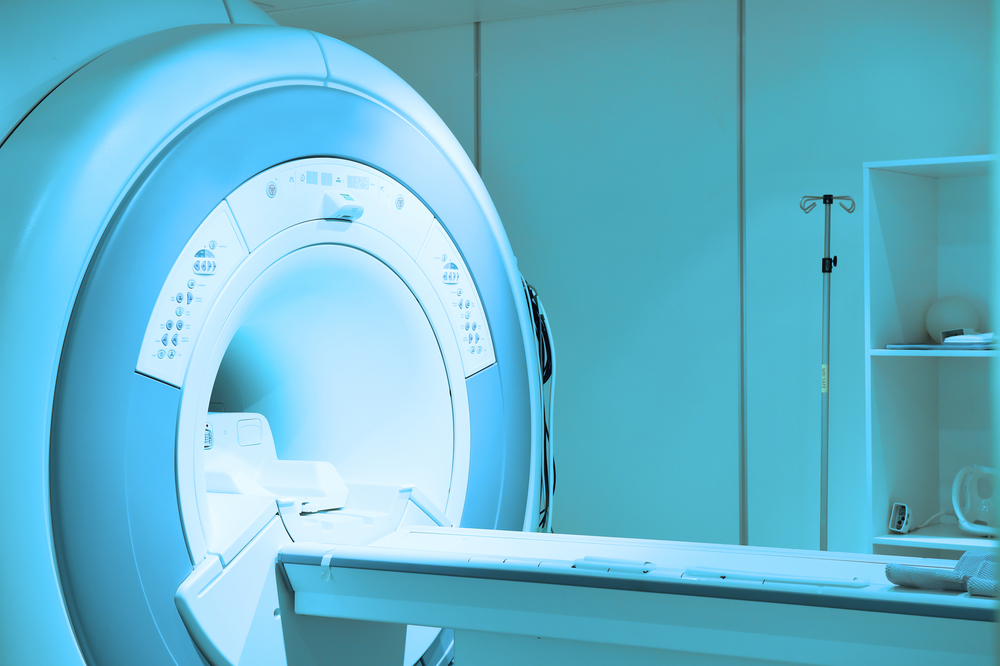WUSTL Team Receives $6.3 Million Grant to Develop PET Scan Tracers

The Washington University School of Medicine in St. Louis (WUSTL) will create a new research center to investigate and advance the development of tracers for positron emission tomography (PET) scans.
The center, which will be established at WUSTL’s Mallinckrodt Institute of Radiology (MIR), is going to focus on the development of tracers to specifically detect signs of inflammation and oxidative stress (a process caused by harmful reactive oxygen molecules). These two biological features are core metabolic processes involved in several human diseases, including multiple sclerosis, atherosclerosis, Alzheimer’s disease, and cancer.
Robert J. Gropler, MD, a professor and researcher at WUSTL, received a five-year, $6.3 million grant from the National Institute of Biomedical Imaging and Bioengineering of the National Institutes of Health (NIH) to help establish the new PET Radiotracer Translation and Resource Center at MIR.
“This center is intended to get over the roadblocks to using tracers in people — much of which comes down to capacity,” Gropler said in a university press release written by Tamara Bhandari. Gropler also is senior vice chair and division director of radiological sciences at MIR.
PET scans use radioactive compounds that can trace specific signals in the body. These tracers can be administrated by injection, inhalation, or orally, and when they find the particular sign they were designed to identify, they show up as bright spots on scans. Based on these images, researchers and clinicians can identify markers linked to diseases, such as inflammation spots or protein toxic clumps.
To develop radioactive tracers that can be used in the clinic it is necessary to have a machine called a cyclotron. Because this is a multimillion-dollar piece of equipment, MIR is just one of the few institutes that has one. This grant will allow the new PET center to achieve its goal, and produce radioactive tracers that can help improve diagnosis for several diseases.
The PET Center will work as the headquarters and central site for research and development of the experimental radioactive imaging tools. Selected experimental radiotracers that are more stable and show early potential will be sent to other institutions to be tested further by previously trained researchers and technicians at other institutes.
“Once we have designed a tracer, it needs to be tested in animal models, and if those look promising, in people,” Gropler said.
“By partnering with other institutions, we can test several different animal models simultaneously, and do multicenter clinical trials, drawing from a larger patient population than we have here. This will vastly accelerate how quickly we can evaluate these tracers and get them to the people who need them,” Gropler added.
To date, only a few PET-based diagnostic approaches have been approved by the U.S. Food and Drug Administration. This collaborative effort is expected to help speed the development and future regulatory approval of such novel diagnostic tools.






